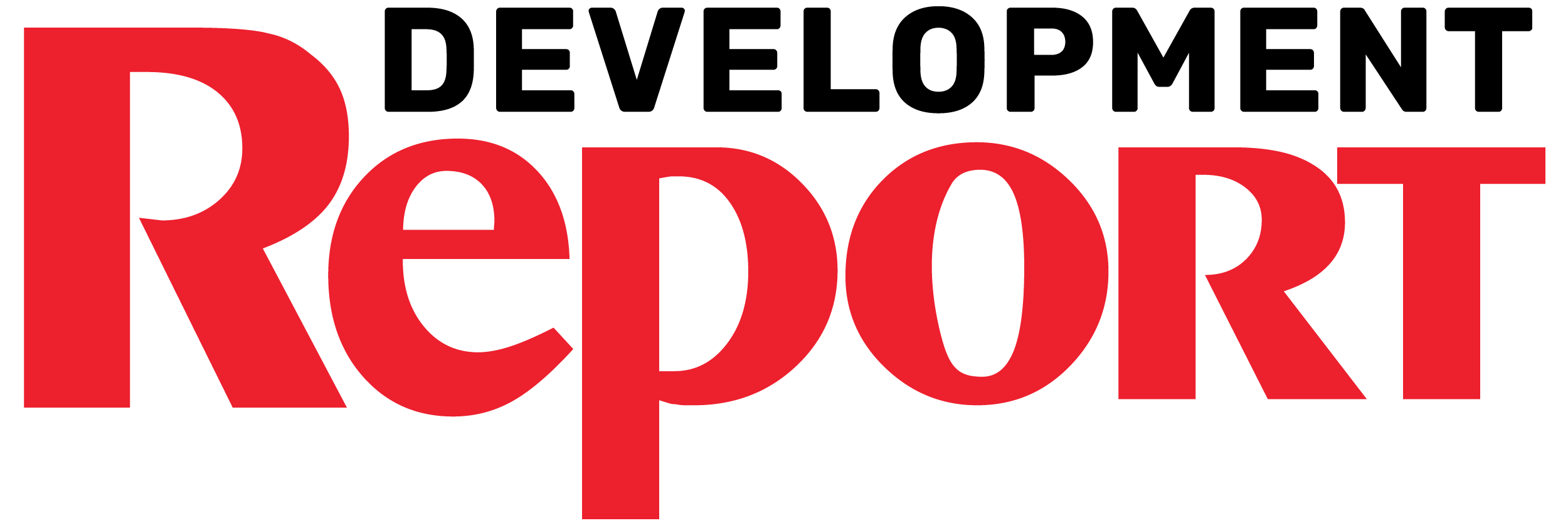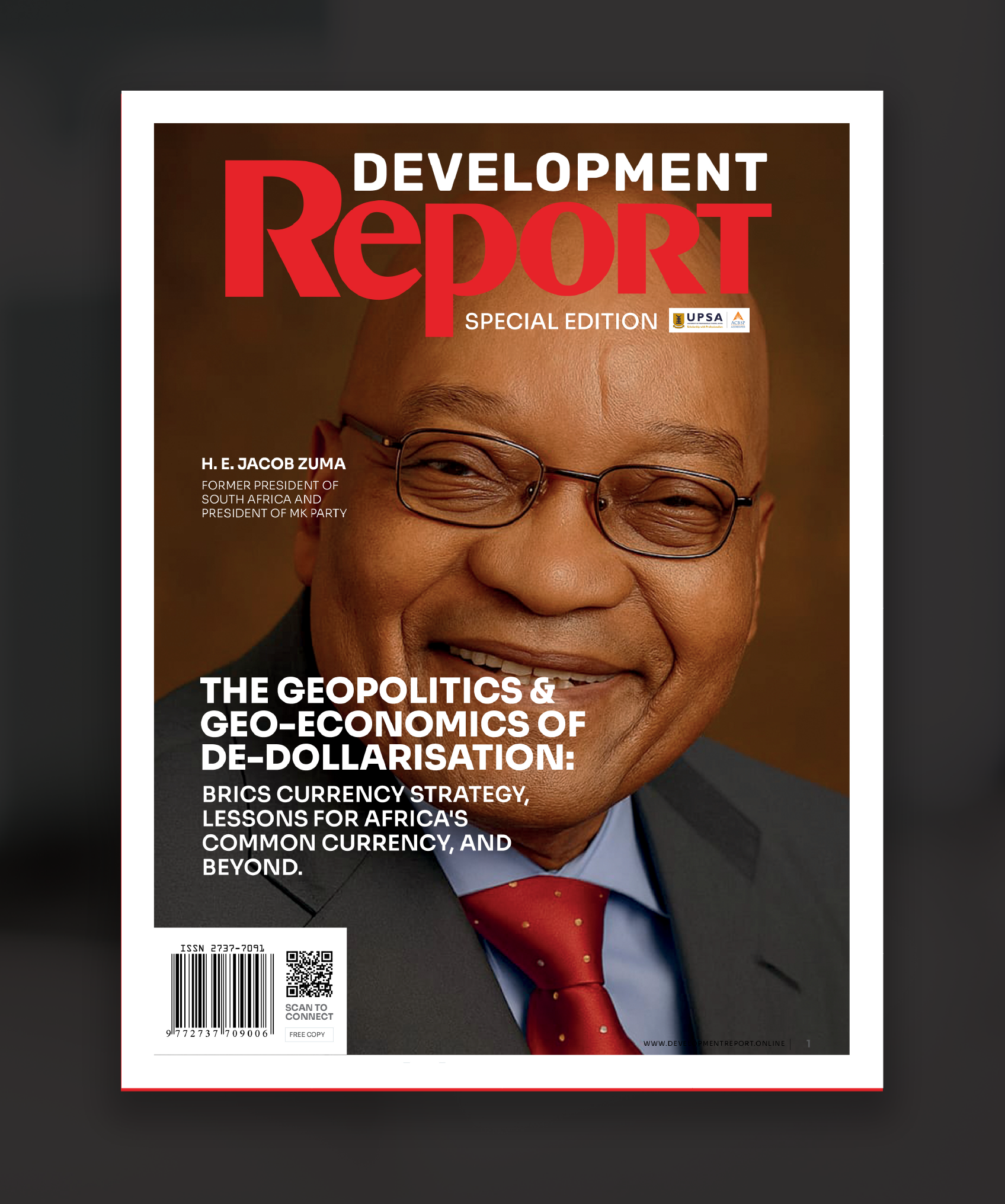The sudden removal of Chief Justice Gertrude Araba Esaaba Torkonoo marks a defining moment in Ghana’s democratic journey. As the head of the judiciary, she carried the symbolic weight of being the ultimate guardian of justice. Her exit therefore raises questions not only about leadership in the courts but also about the strength of Ghana’s constitutional processes, public confidence in the rule of law, and the delicate balance between state institutions.
The Rise of Gertrude Torkonoo
Before her removal, Justice Torkonoo was regarded as one of Ghana’s leading female legal minds. She had risen through the judicial ranks — from High Court Judge, to the Court of Appeal, and later to the Supreme Court — before being appointed as Chief Justice. Her appointment was hailed as historic, given her position as the third woman to lead the judiciary in Ghana’s history.
Her early months in office were marked by promises of reform. She championed modernization of court administration, digitisation of records, and greater access to justice for the ordinary Ghanaian. To many young lawyers and women in particular, she was a role model who embodied the possibilities of perseverance in a male-dominated field.
The Constitutional Basis for Removal
The removal of a Chief Justice is not without precedent, but it is a rare and weighty constitutional step. Ghana’s 1992 Constitution provides for the removal of the Chief Justice if there are allegations of stated misbehaviour, incompetence, or incapacity. Such a petition is reviewed, an inquiry panel is established, and once the panel makes its findings, the President is bound to act on the recommendations.
This framework exists to ensure that no office — however high — is beyond accountability. It also seeks to protect the judiciary itself from being held hostage to personalities. In this sense, Justice Torkonoo’s removal is not an arbitrary act but the culmination of a constitutional process that is designed to safeguard the integrity of public office.
The Neutral Lens: What This Means
It is tempting to read events of this nature in political terms. But at its core, the removal of Justice Torkonoo should be seen as part of a constitutional cycle. It demonstrates that the judiciary, though powerful, is not immune to scrutiny.
At the same time, this neutrality should not obscure the sensitivities at play. When a sitting Chief Justice is removed, it touches on the heart of public confidence in the courts. Citizens often interpret such decisions as signs of weakness or interference, even when the process followed is entirely lawful.
Thus, the challenge is not whether the Constitution has been followed, but whether the public perceives the outcome as just and legitimate.
Implications for the Judiciary
- Leadership Transition: In the immediate term, an Acting Chief Justice will assume responsibilities to ensure that the courts continue to function without disruption. The role will cover both administrative duties and judicial leadership.
- Public Trust: The judiciary has long battled perceptions of corruption, delays, and political bias. The removal of its head, if not carefully managed, could further dent confidence. But handled properly, it could instead strengthen the message that the judiciary is accountable and subject to the same standards of integrity it demands of others.
- Institutional Continuity: Ongoing reforms, particularly in digitisation and court automation, risk stalling unless they are embraced by the new leadership. Continuity in policy direction will be key to ensuring progress is not lost in the transition.
Implications for Governance
The judiciary is one of the three arms of government. Any shake-up at the top reverberates across the entire governance system. For the executive, it is an opportunity to demonstrate fidelity to constitutional provisions rather than political expediency. For parliament, the responsibility will soon fall on its members to vet and approve a new Chief Justice, making their role critical in shaping the future of judicial leadership.
Civil society groups, the Ghana Bar Association, and the media will also weigh in, shaping narratives around the removal. If consensus emerges that the process was fair and constitutionally sound, Ghana’s democratic institutions could come out stronger. If not, suspicion of manipulation will deepen.
The Way Forward
To move beyond controversy, three clear steps are necessary:
- Timely Appointment of a Successor: Prolonged uncertainty risks creating administrative bottlenecks. A quick but thorough process to appoint a substantive Chief Justice will ensure stability.
- Transparency in Process: While constitutional rules limit the disclosure of inquiry details, authorities must communicate clearly about the procedures followed. Citizens may not know the specifics, but they must be assured that due process was observed.
- Recommitment to Judicial Reform: Beyond personalities, Ghana needs to continue strengthening its justice system. That includes tackling delays, promoting ethical conduct, and ensuring that the judiciary remains independent but accountable.
A Turning Point, Not an Ending
For Justice Torkonoo herself, her removal may be a personal setback, but it does not erase her contribution to Ghana’s legal history. She remains part of the story of women who broke barriers and reached the pinnacle of judicial leadership.
For the country, this moment is less about one individual and more about the system. The removal of a Chief Justice is proof that accountability extends to all offices. What matters now is how Ghana manages the transition — whether it allows mistrust to fester, or whether it uses this opportunity to reinforce the principles of justice, transparency, and constitutionalism.
In the end, the judiciary must emerge stronger, because the rule of law is far greater than any single Chief Justice.


